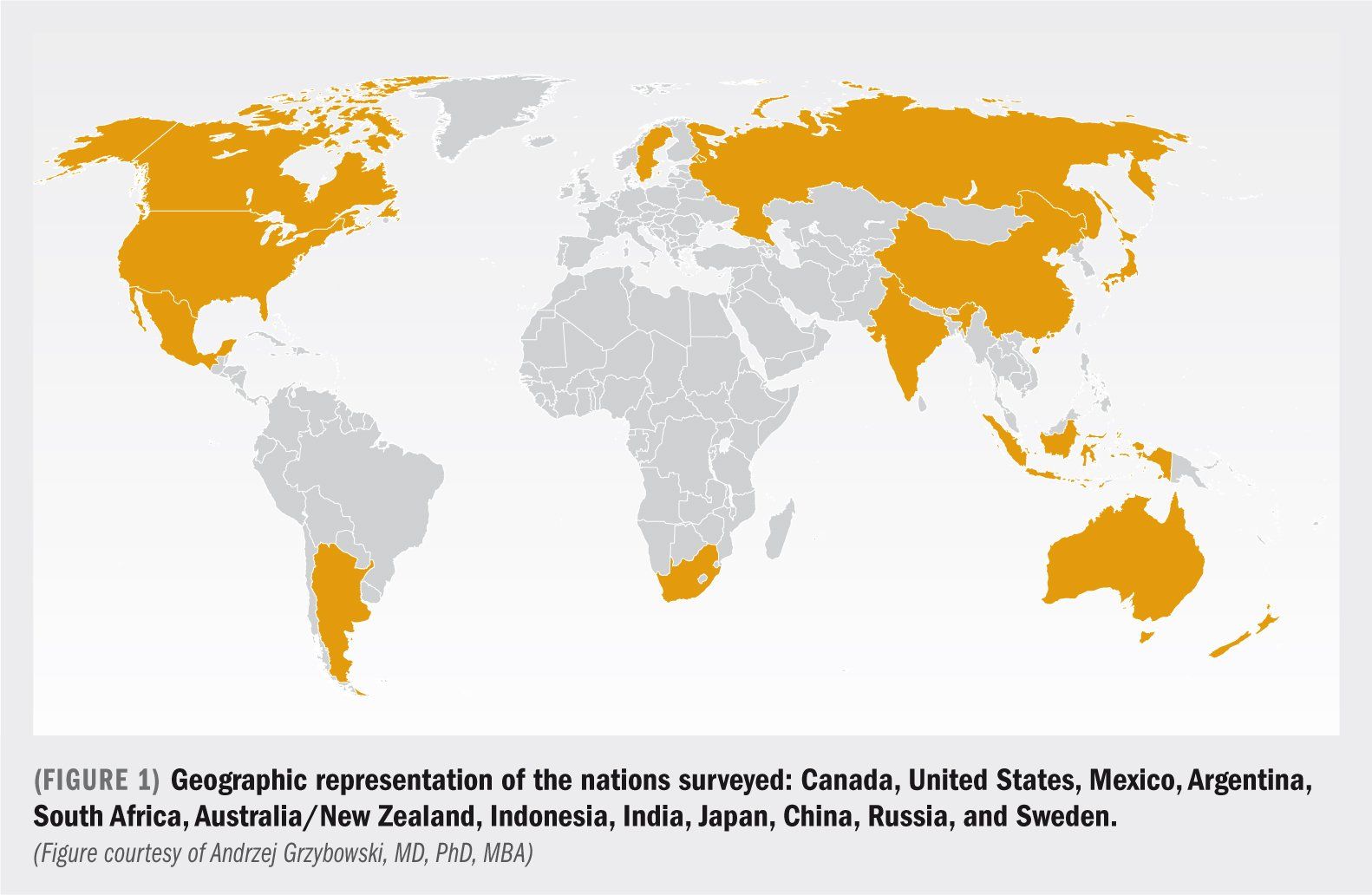Article
Postop endophthalmitis rates similar despite dissimilar practice patterns
Author(s):

Despite some evidence about its efficacy-especially in places where there is a relatively high rate of endophthalmitis- intracameral antibiotic use has not been universally adopted for postcataract surgery endophthalmitis prophylaxis. Moreover, different studies show a trend of decreasing risk of intraocular infections in recent years.
Practice patterns for the use of antibiotics to prevent endophthalmitis after cataract surgery vary around the world. However, the reported rate of postoperative endophthalmitis in different countries is similarly low regardless of the preferred route of administration, said Andrzej Grzybowski, MD, PhD, MBA.
Reviewing practice patterns for preventing endophthalmitis post-cataract surgery, he noted a study conducted by the European Society of Cataract and Refractive Surgeons (ESCRS) remains the only prospective, randomized, controlled trial investigating different approaches.
Its results showed use of intracameral cefuroxime reduced the risk of postoperative endophthalmitis by about five-fold compared with topical treatment and that there was no effect of preoperative topical antibiotic treatment with levofloxacin, said Dr. Grzybowski, professor and chairman, Department of Ophthalmology, University of Warmia and Mazury, Olsztyn, Poland.
“Adoption of intracameral antibiotics increased in some countries in Europe following publication of the ESCRS study results in 2007 and then after cefuroxime (Aprokam, Thea Pharmaceuticals) for intracameral use became commercially available in 2012,” he said.
“Corresponding with this shift, there was a decline in preoperative use of topical antibiotics.
Topical antibiotics are still being widely used postoperatively for 5 to 7 days, but practice patterns in different European countries still vary, and overuse and misuse of antibiotics remains a problem in different parts of the world,” Dr. Grzybowski said.
Survey data
A study published in 2013 examining endophthalmitis prophylaxis practices among European cataract surgeons found information on intracameral cefuroxime usage was lacking in some countries and varied significantly.
In Sweden-where the idea of intracameral administration originated-about 90% of surgeons were using intracameral cefuroxime, but the rate was estimated to be ≤20% in Germany and Belgium. A survey of ESCRS members conducted in 2012 found that 74% were using intracameral antibiotics routinely or usually. Similarly, a survey involving 33 centers in Poland found that in 2013-2014, about 70% of cataract surgeons were using intracameral antibiotics.
“In Sweden, Denmark, and France, current guidelines for cataract surgery endophthalmitis prophylaxis recommend intracameral antibiotics without use of preoperative topical antibiotics,” Dr. Grzybowski said. Data from surveys conducted by the American Society of Cataract and Refractive Surgery show increasing use of intracameral antibiotic prophylaxis over time among surgeons in the United States, from 30% in 2007 to 50% in 2014.
Over the same period, there was no change in preoperative or postoperative use of topical antibiotics. Data on practice patterns in the United States were also included in a 2017 paper in which Dr. Grzybowski and colleagues examined practice patterns for endophthalmitis prophylaxis in cataract surgery among surgeons in a number of countries across different continents.
It found that intracameral antibiotic usage was highest in Australia/New Zealand (78%) and the United States (50%), but it was adopted by only about 25% to 30% of surgeons in Canada, Argentina, and Russia and was being used even less frequently in Japan, China, India, and Mexico.
“Despite the wide variation in intracameral antibiotic use across these different countries, the rate of postoperative endophthalmitis was similar to that reported in European countries where intracameral antibiotics is standard practice,” he said.
“A recent study from Japan, where intracameral antibiotics rare rarely used, reported an endophthalmitis rate of about 0.02%, which is much lower than that reported by any studies of intracameral antibiotic use.”
Dr. Grzybowski noted the results from the ESCRS prospective randomized study are often incorrectly generalized, but it is important to keep in mind that every antibiotic is different.
“The ESCRS study only supports use of intracameral cefuroxime. It does not support the effectiveness of intracameral gentamicin, tobramycin, moxifloxacin, and vancomycin,” he said. “Thus, as long as we do not have any other randomized controlled studies of endophthalmitis prophylaxis, we have good scientific evidence for the intracameral use of only cefuroxime.”
Disclosures:
Andrzej Grzybowski, MD, PhD, MBAE: ae.grzybowski@gmail.com
This article was adapted from Dr. Grzybowski’s presentation at the 2017 meeting of the American Academy of Ophthalmology. Dr. Grzybowski is a speaker, consultant, and/ or lecturer for companies that market antibiotics used for cataract surgery endophthalmitis prophylaxis.
Newsletter
Don’t miss out—get Ophthalmology Times updates on the latest clinical advancements and expert interviews, straight to your inbox.




